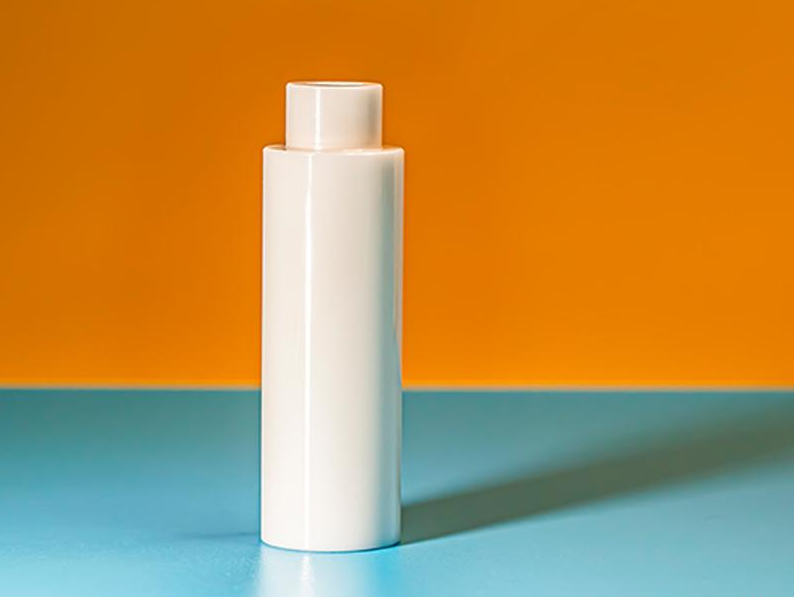Which type, ceramic plunger or porcelain plunger, is more suitable for high-pressure cleaning machines?
The high-pressure plunger pump is the core component of a high-pressure cleaning machine, and the plunger is the core wearable component in the machine's core, the quality of which will directly affect the overall performance of the machine; according to the different materials of the plunger, the plunger can be broadly classified into three types: metal plunger, ceramic plunger, and spray porcelain plunger; at present, the plungers used in the medium-to-high-end machines on the market are mainly ceramic plungers and spray porcelain plungers.
Among them, the vast majority of high-pressure cleaning machines use ceramic plunger pistons, and globally renowned high-quality pumps, including top-tier crankshaft pumps, employ ceramic plunger pistons. They are the pioneers of plunger pumps, and after years of practical experience, it has been concluded that ceramic plunger pistons yield even better performance. Currently, all European high-end high-pressure pump manufacturers have adopted ceramic plunger pistons, with none opting for ceramic-coated plunger pistons. As a result, pumps equipped with ceramic plunger pistons generally exhibit significantly higher quality than those with ceramic-coated plunger pistors.
However, there is still a prevailing notion in the domestic market that spray-coated ceramic plungers are an upgraded version of ceramic plungers, and that spray-coated plungers are superior to ceramic plungers; let us examine the comparison between the two products objectively.
Ceramic plungers have the following characteristics: (1) Ceramic plungers are made of high-performance technical ceramic materials, which have high hardness, wear resistance, high temperature resistance, and corrosion resistance, ensuring reliable material performance. (2) The micro-pore structure obtained through unique processing techniques in the working surface of ceramic plungers has self-lubricating properties, thereby changing the traditional mechanism of sliding friction and lubrication in plunger pumps.

Ceramic precision zero (3) The inner surface of the ceramic is a fluid structure with no dead corners or grooves. The internal cavity surface and the plunger surface are matched with advanced high-precision internal and external surface grinding machine to the mirror surface, and the external surface is vibrated and polished to facilitate cleaning and disinfection.
(4) The pump body structure is applied to a fine seal with the product structure, making it easy to disassemble.
(5) This class of products has been tested for corrosion resistance, acidity resistance and safety properties, and its indicators have reached the international advanced level.
The porcelain propellant is indeed better than the original metal propellant because the surface is also ceramic, but there are several problems:
(1) With a long period of use, it is easy to cause water in the oil tank, causing the oil in the crankshaft tank to become a white muddy liquid, increasing the friction, and reducing the life of the entire pump.
(2) It cannot carry a large pressure, and the plating is easily peeling. After the coating is loosened, it will increase friction, cause damage to water seals and oil seals, and leakage problems are frequent.
(3) When damaged, the whole must be replaced, increasing the cost and difficulty of maintenance.

Ceramic plunger made of zirconium oxide
Even though ceramic plungers are evidently better than spray-coated plungers, why are there still more manufacturers that use spray-coated plungers?
Because the processing of ceramic plungers is extremely difficult, the requirements for the equipment are also extremely high, necessitating highly precise imported equipment; most manufacturers do not have the financial resources to purchase such expensive imported equipment, which means they do not have the corresponding production capacity to manufacture components for ceramic plungers.
Ceramic plungers are manufactured using high-precision, all-imported turret-type car-and-milling centers, with automatic feeding machines supplying the raw materials, ensuring the high-quality production of critical components.
